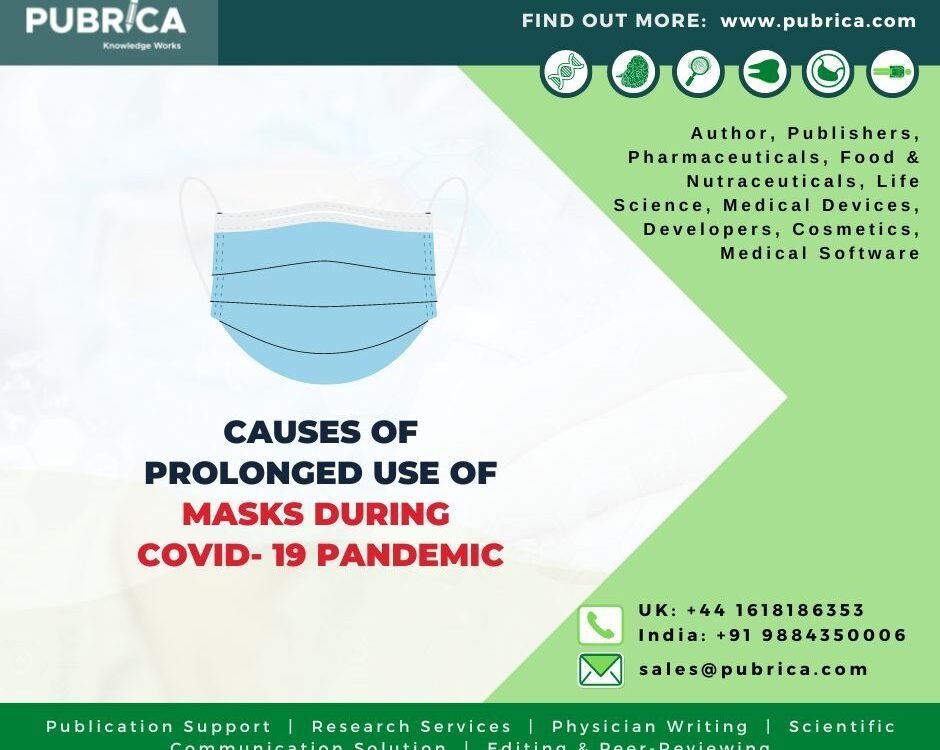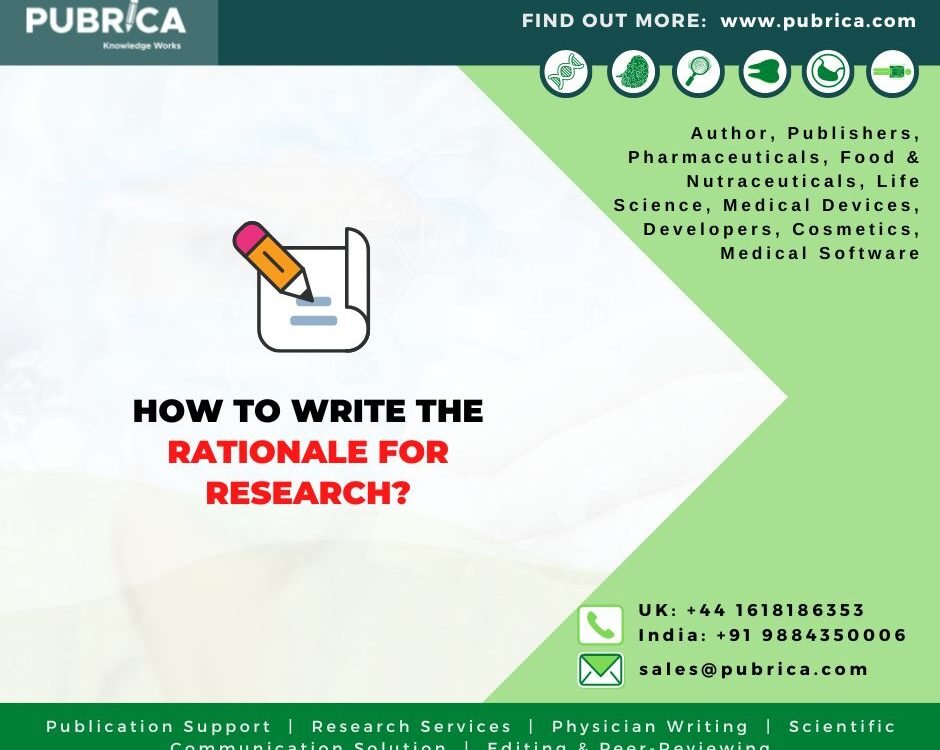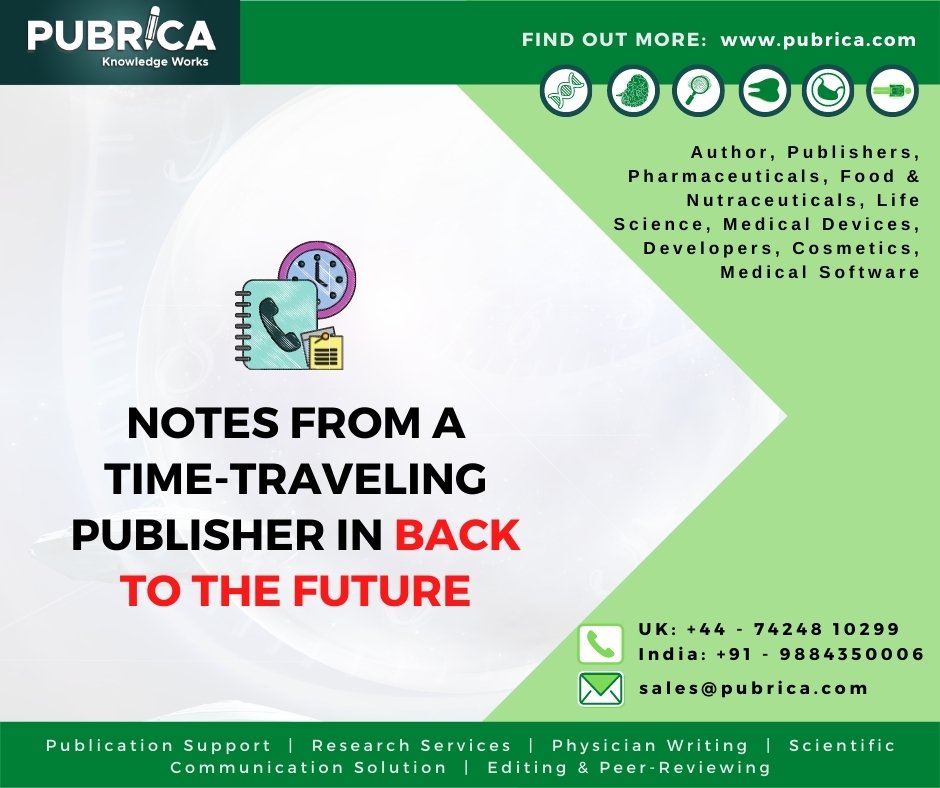
Notes from a Time-Traveling Publisher in Back to the Future
September 13, 2021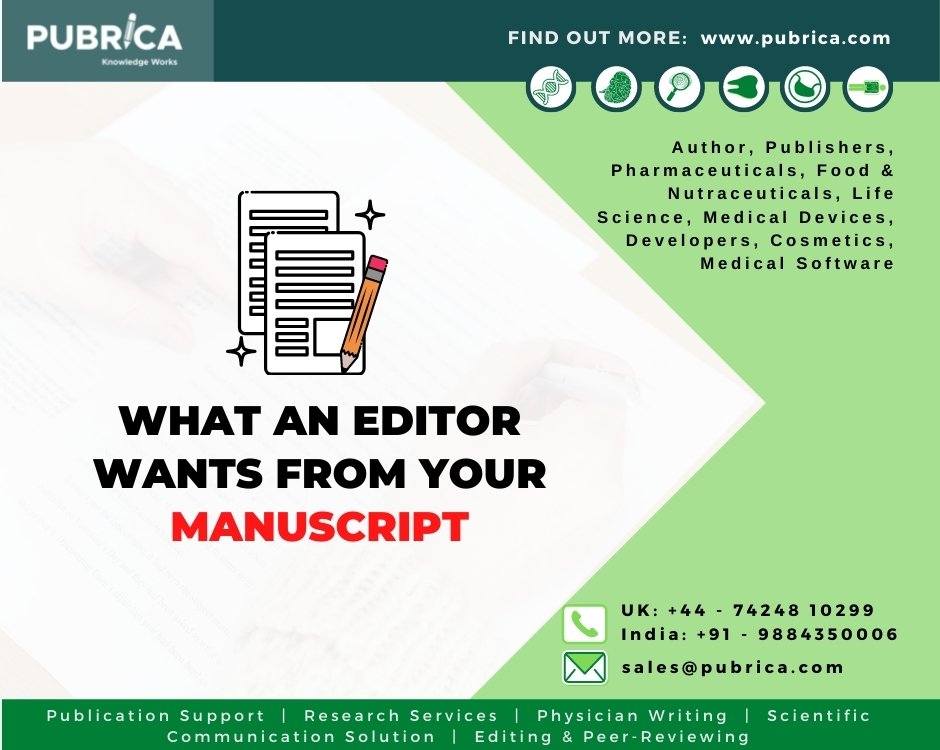
What an editor wants from your manuscript
September 22, 2021In brief
The correct format of the research article is crucial to good scientific writing. The sequence of Introduction, Methods, Results and Discussion is the essential structure of a typical research report (sometimes abbreviated as AIMRaD). Each segment focuses on a distinct goal. In the introduction, the authors state: (i) the problem they aim to address—in other words, the research question; (ii) what they did to answer the question in the Methods section; (iii) what they observed in the Results section; and (iv) what the results suggest in the Discussion section(1).
Research paper structure
This technique of research structure used by scientists. An organized procedure of experimental design, observation, and hypothesis testing are used to improve knowledge in this technique of inquiry. Now that you’ve considered those mentioned above, you may concentrate on structure. Scientific articles are divided into parts, each with its objective and here accumulated a list of them for you.
Table .1 Research structure papers (2)

- Title
A good title should be straightforward, concise, and precise. It should represent the study’s goal, rather than the study’s results, by mentioning the issue(s) that the research addressed. It shouldn’t be in the form of a question, and it shouldn’t include any creative or catchy terms or phrases.
- Abstract
The Abstract is the final part to be written, but it is probably the most essential because it is generally the first thing that people read, and it often determines whether or not they will read the whole essay. The Abstract is not a mini-paper but rather a brief overview of the text. The Journal requires a structured abstract of Hand Surgery to focus and emphasize key information.
- Introduction
The introduction starts with a wide perspective. The beginning point for your introduction should be one those displeasures the attention of the audience you’re trying to reach: worldwide readers of your chosen publication. The introduction concludes with an emphasis that is identical to that of the Results: this is frequently a declaration of the paper’s goal or purpose or main results or activities.
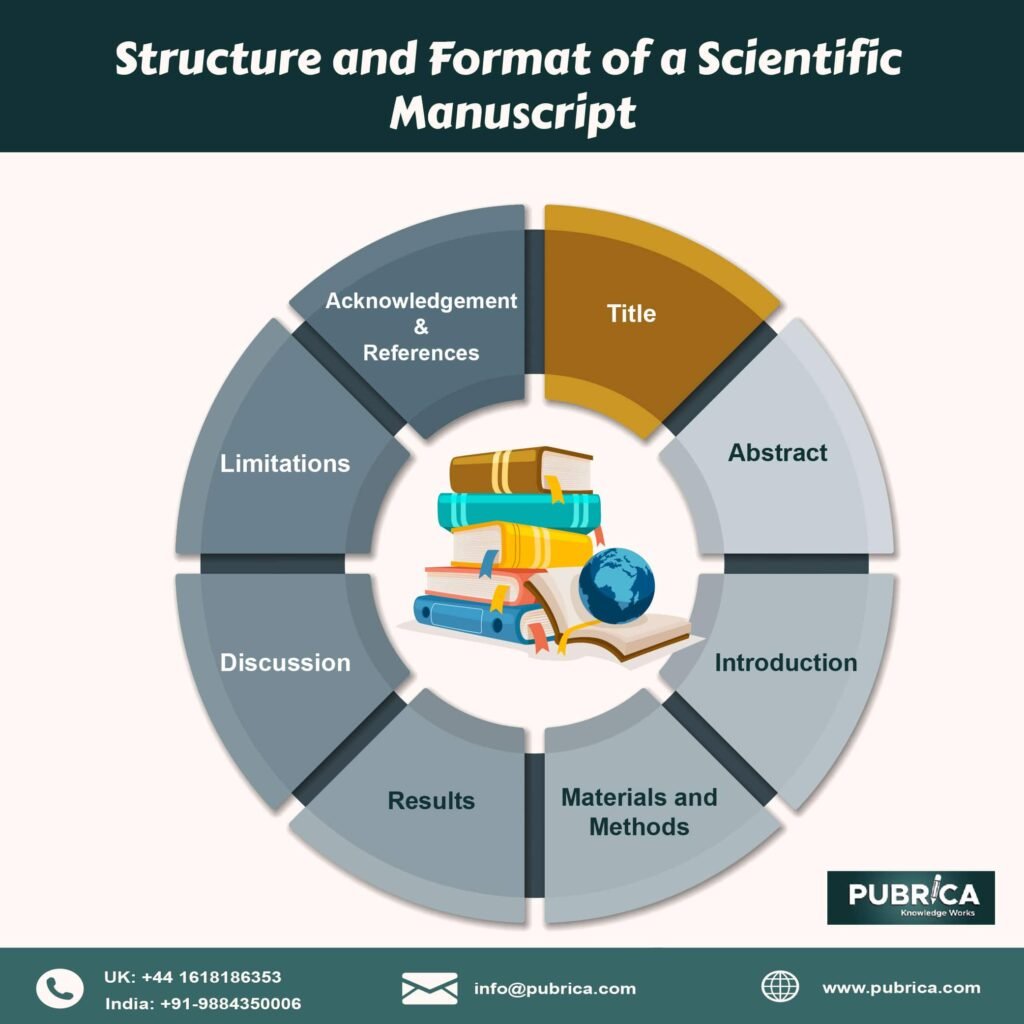
- Materials and methods
The Materials and Methods segment explains how the research was carried out. It’s the portion that’s the toughest to write. Many authors struggle to translate technical ideas and concepts into language that the reader can comprehend and relate to.
- Results
The structured display of the collected data is the single most important aspect of the Results section. This is usually the simplest section to write. The introduction has a clear declaration of aim, and the Materials and Methods section has a clear description of the measurement parameters used to assess that purpose.
- Discussion
The author has a lot of liberty in how they structure the Discussion section. Authors should summarise data and offer critical interpretations and findings in general. In addition, the present study’s findings should be compared to those previously published in the literature, with similarities and differences noted.
- Limitations
The clinical significance of experimental findings should be discussed in a basic science study, especially in a journal read primarily by practitioners. Finally, the authors should recognize the study’s limitations.
- Acknowledgement
You can thank people who helped with the manuscript here, but not to the point where authorship is justified. For instance, you can include technical assistance as well as writing and proofreading assistance in this section. The essential thing is to express gratitude to the funding agency or the organization that provided you with a grant proposalor scholarship.
- References
References, on average, include more errors than any other element of the article. It’s one of the most infuriating issues, and it gives editors a lot of grief. Because there are several tools accessible, it is now easy to prevent these issues. All scientific articles on which your work is based must be cited in the text. However, don’t over-inflate the document with too many references — it won’t improve it! Excessive self-citations and citations of research publications from the same location should be avoided (3).
Table .2 Simple rules for structuring paper(4)
| Typical structure of a research paper |
| Introduction |
| State why the problem you address is important |
| State what is lacking in the current knowledge |
| State the objectives of your study or the research question |
| Methods |
| Describe the context and background of the study |
| Specify the study design |
| Describe the ‘population’ (patients, doctors, hospitals, etc.) |
| Describe the sampling strategy |
| Describe the intervention (if applicable) |
| Identify the main study variables |
| Describe data collection instruments and procedures |
| Outline analysis methods |
| Results |
| Report on data collection(SK3) and recruitment (response rates, etc.) |
| Describe participants (demographic, clinical condition, etc.) |
| Present key findings to the central research question |
| Present secondary findings (secondary outcomes, subgroup analyses, etc.) |
| Discussion |
| State the main findings of the study |
| Discuss the main results concerning previous research |
| Discuss policy and practise implications of the results |
| Analyze the strengths and limitations of the study |
| Offer perspectives for future work |
About Pubrica
Pubrica Has A Professional Experience In Medical Writing. Further The Team Of Medical Professionals From Pubrica, Offer Unique Medical Writing Services Includes Clinical Research, Pharmacology, Public Health, Regulatory Writing, Clinical Report Forms (Crf), Biostatistics, Psychology, Life Science, Dentistry, Radiology, Dermatology, Diabetology, Gynecology, Cardiology, Biochemistry, Forensics, Surgery, Neurology, Psychiatry, Genomics, Medical Device, Pharmaceutical, Nutraceutical, Fmcg Companies, Hospitals, Universities, Publishers, Phd, Students Pursuing Medicine, Physicians, Doctors, Authors And Provide Support In Writing Any Medical Stream Paper.
References
- Cargill, Margaret, and Patrick O’Connor. Writing scientific research articles: Strategy and steps. John Wiley & Sons, 2021.
- Manske, Paul R. “Structure and format of peer-reviewed scientific manuscripts.” Journal of Hand Surgery 31.7 (2006): 1051-1055.
- Montine, K. S. “Book Review: Writing Scientific Research Articles: Strategy and Steps.” (2013): 1154-1155.
- Thomas V. Perneger, Patricia M. Hudelson, Writing a research article: advice to beginners, International Journal for Quality in Health Care, Volume 16, Issue 3, June 2004, Pages 191–192,

